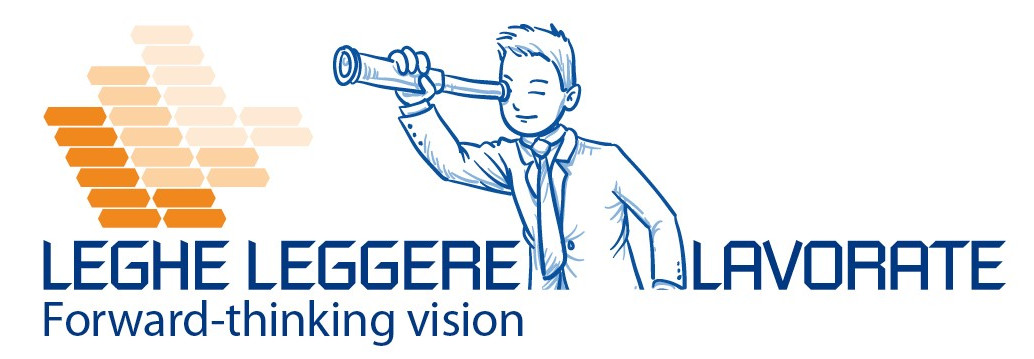POM, also commonly called acetal resin, is produced in the form of semi-finished products by mechanical processing and is extruded into sheets, rods and tubes.
POM: high performance polymers
POM is a semi-crystalline thermoplastic with good mechanical strength and stiffness. Among other features it can boast: sliding and excellent wear resistance, as well as low moisture absorption.
This material is able to guarantee good dimensional stability and, not least, an equally good resistance to fatigue.
Even the companies that use it have considerable advantages, in fact the POM lends itself very well to machinability on machine tools, with a low cost.
high performance polymers for medical use
All this makes POM a highly versatile engineering material, even for components for medical use.
Speaking of acetal resins, we must distinguish between homopolymer (POM-H) and copolymer (POM-C), since they have different properties.
Thanks to the high level of crystallinity, POM-H has a slightly higher density, with greater hardness and mechanical strength. POM-C, on the other hand, has a better chemical resistance and for this reason it is used in the medical field.
the advantages of POM and of high performance polymers
Summarizing the specific characteristics of the POM, we can say that the components made with this material offer:
● Excellent machinability on machine tools
● High mechanical strength, stiffness and toughness
● Good impact resistance, even at low temperatures
● Low moisture absorption (at 0.8% saturation)
● Excellent wear resistance and sliding properties
● High dimensional stability
● Good resistance to hydrolysis
● Excellent resilience and elasticity
When the POM is used in the medical or healthcare field it has further advantages. It is a plastic material that is very resistant to cleaning and sanitizing agents and numerous solvents.
In addition, components made of POM can be subjected to superheated steam sterilization using the most common methods in the medical industry.
One of the applications in which the POM is very often used is for the production of parts of surgical instruments for orthopedic use. It is with this last application that, very often, it is used in Leghe Leggere Lavorate.

